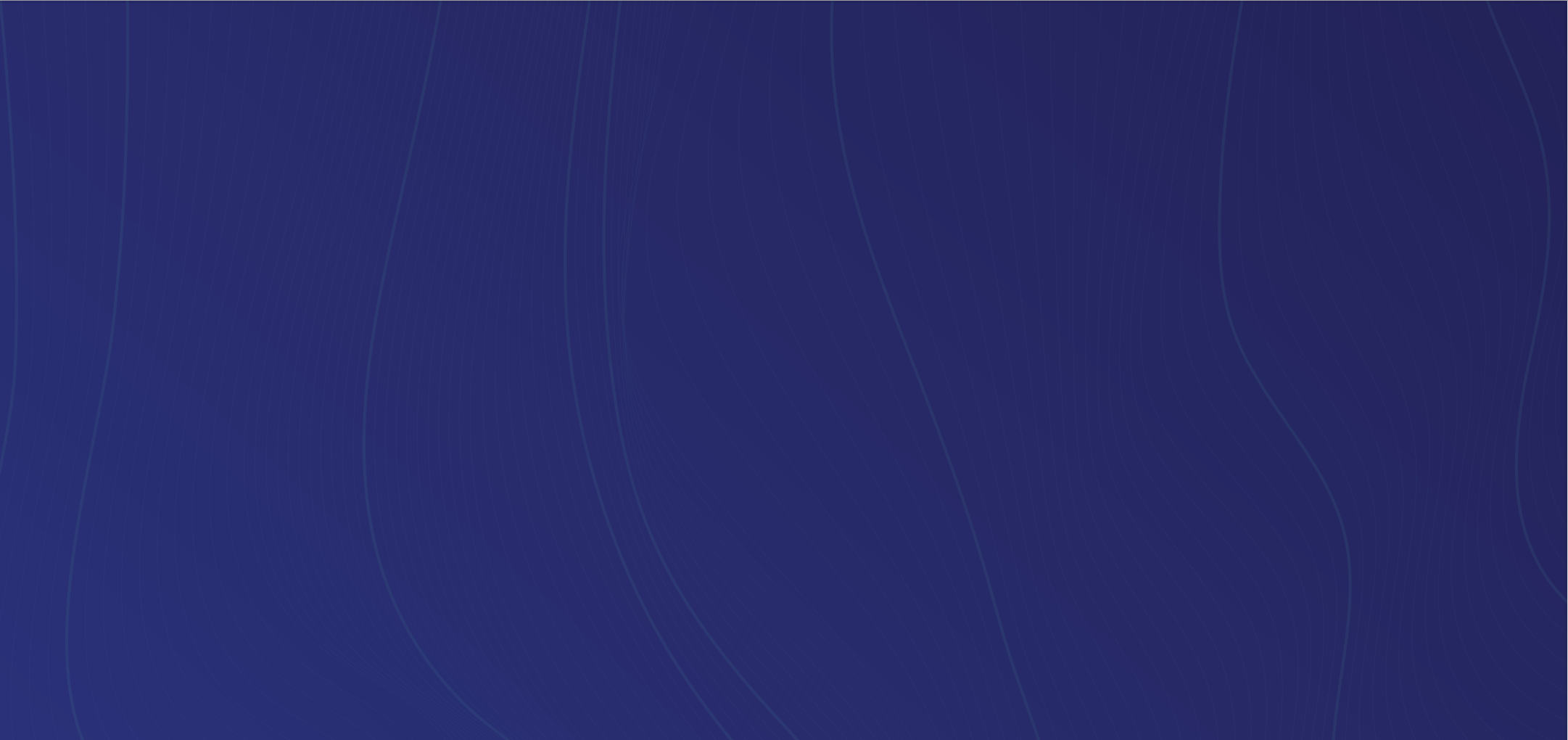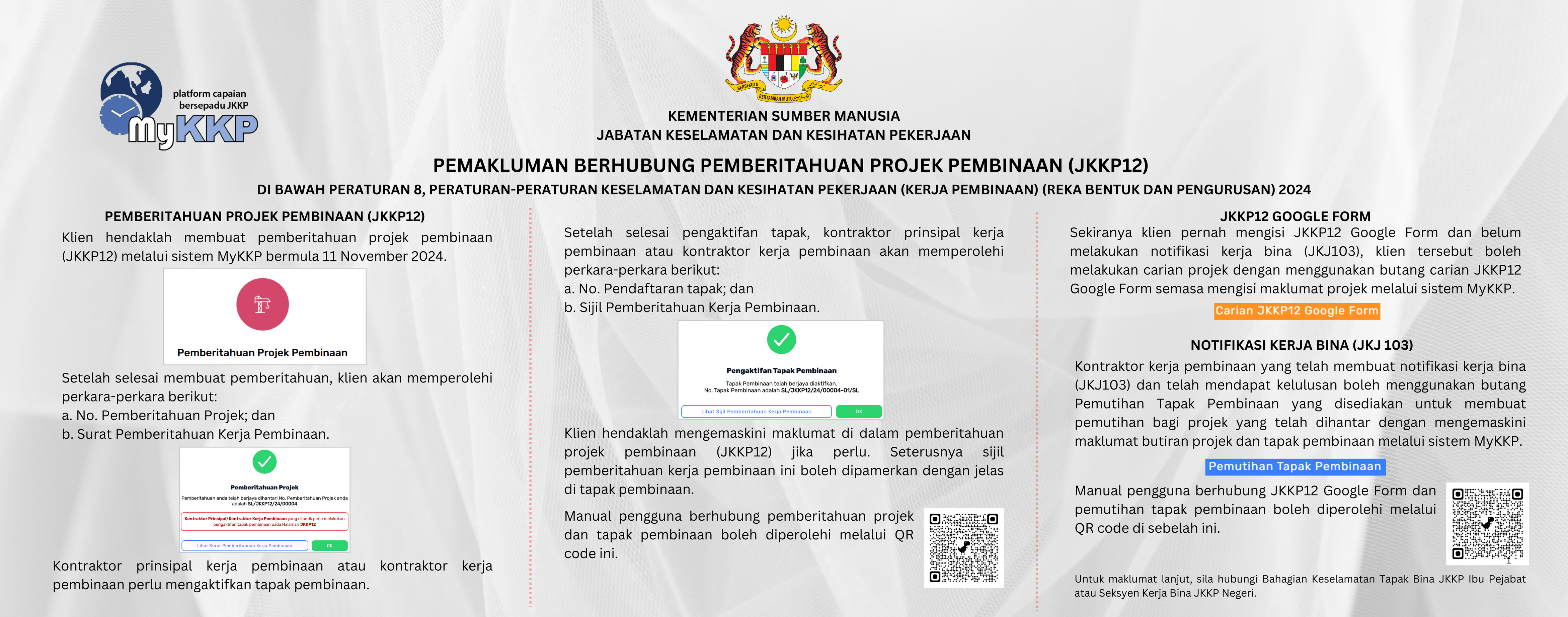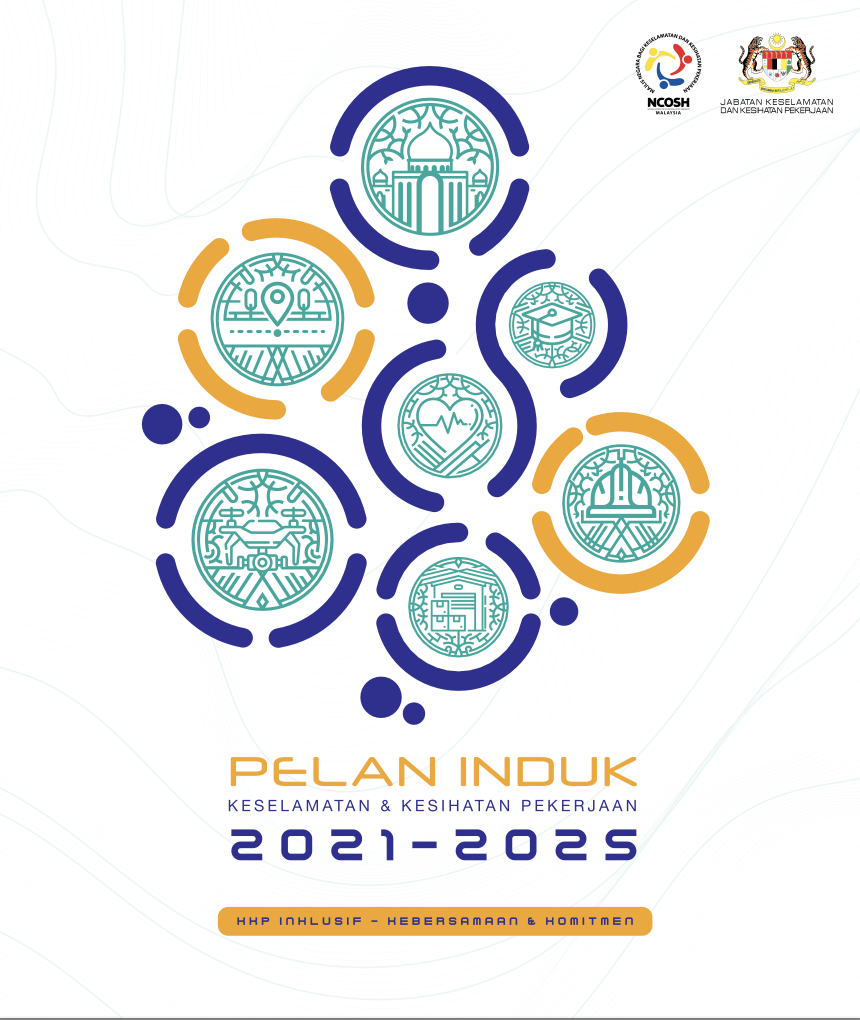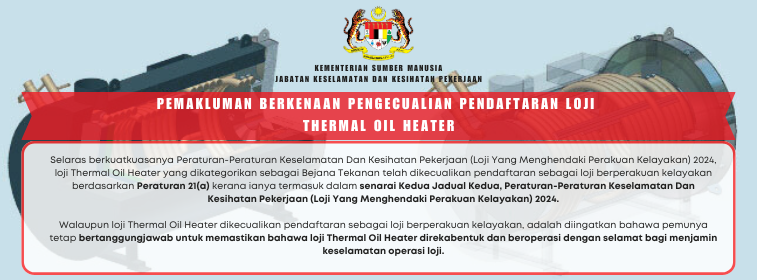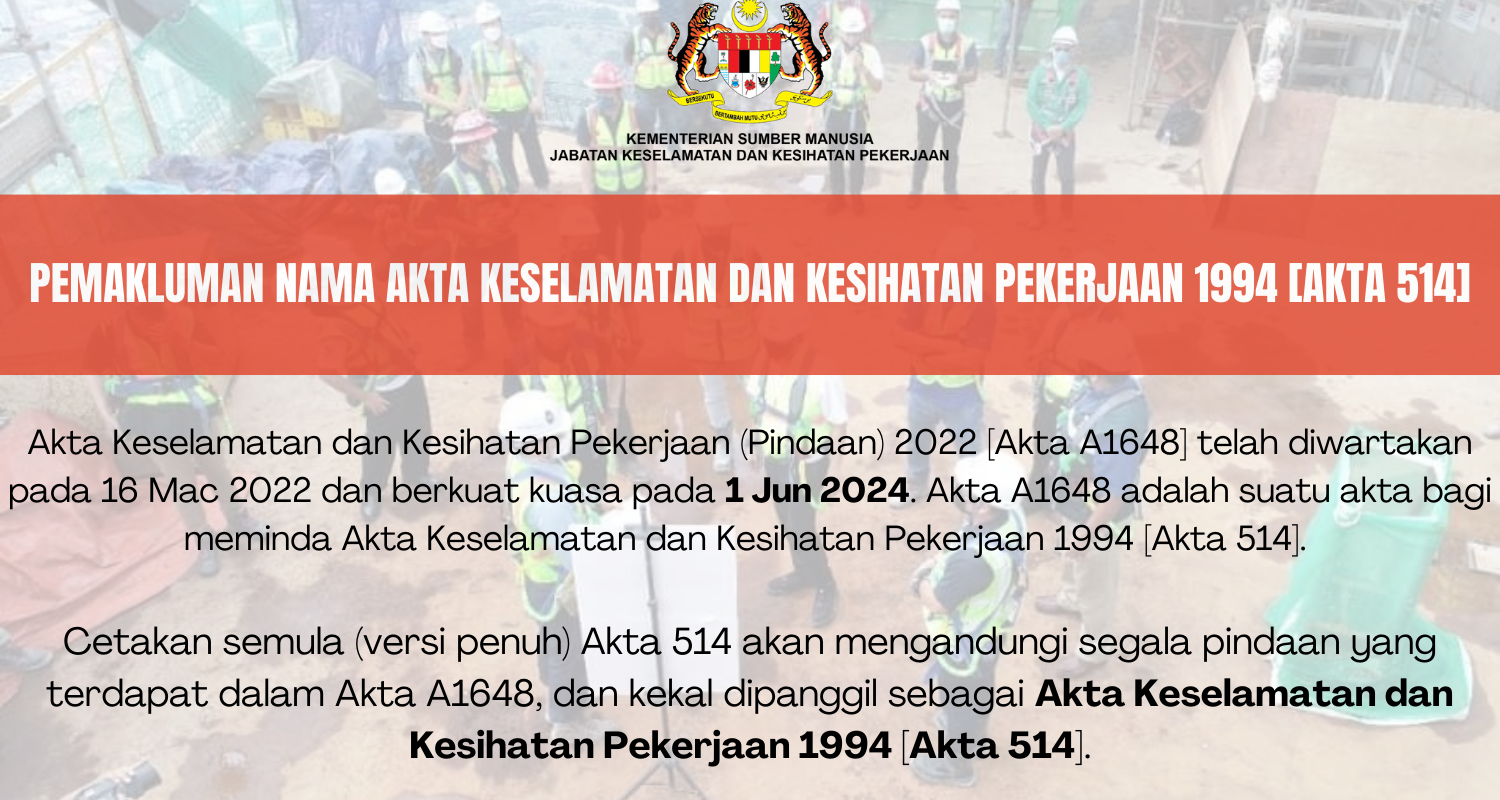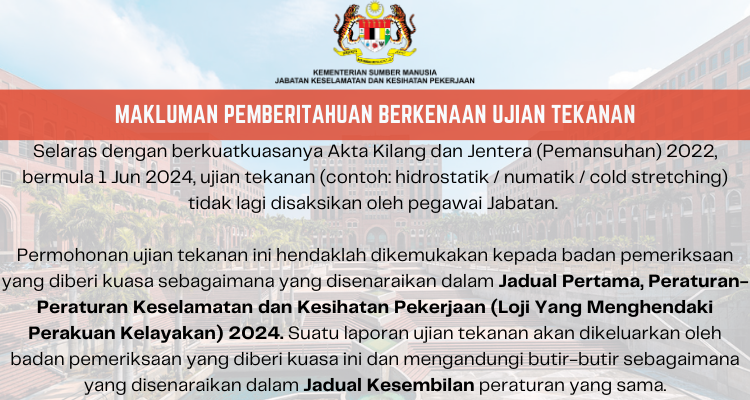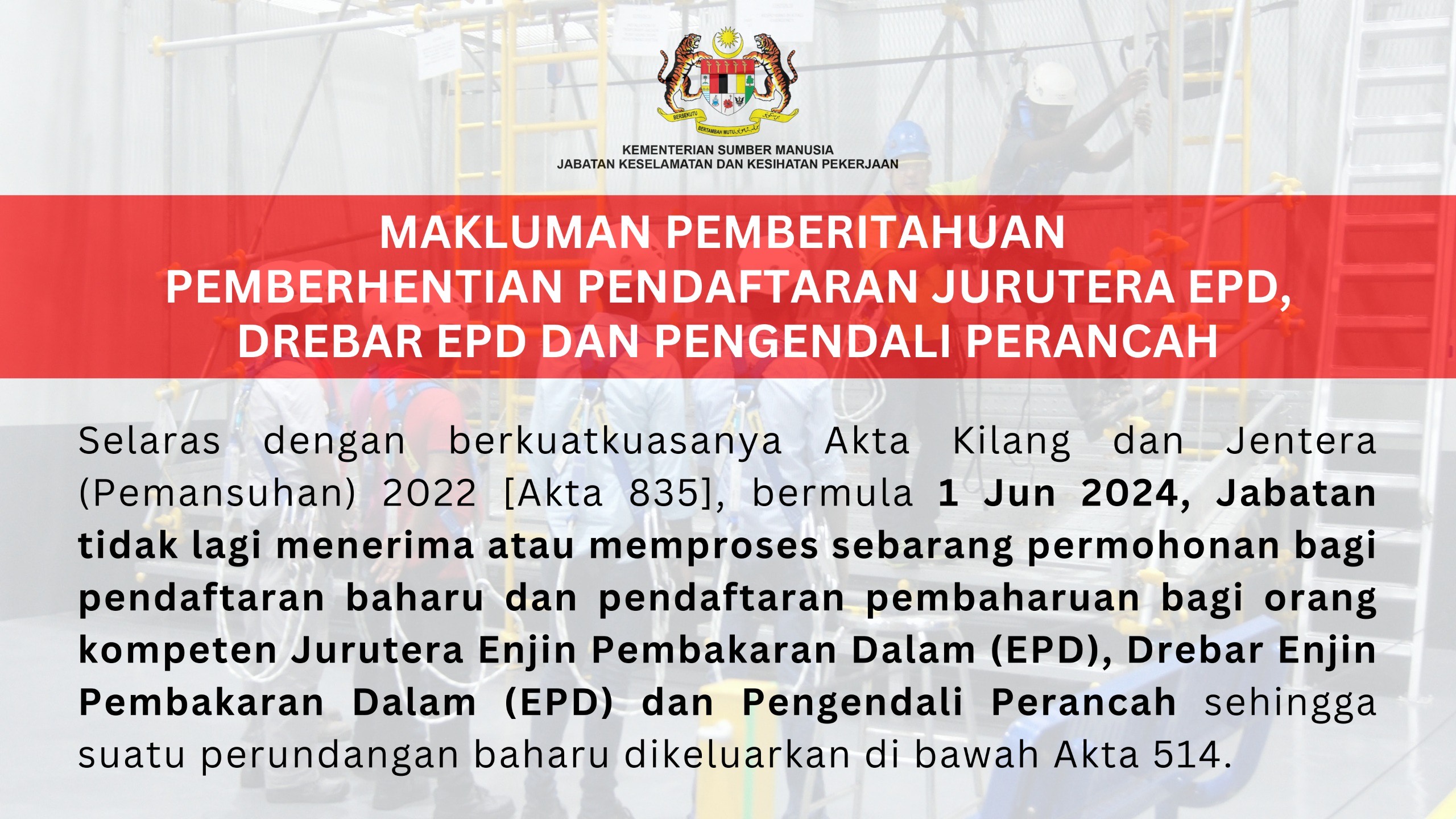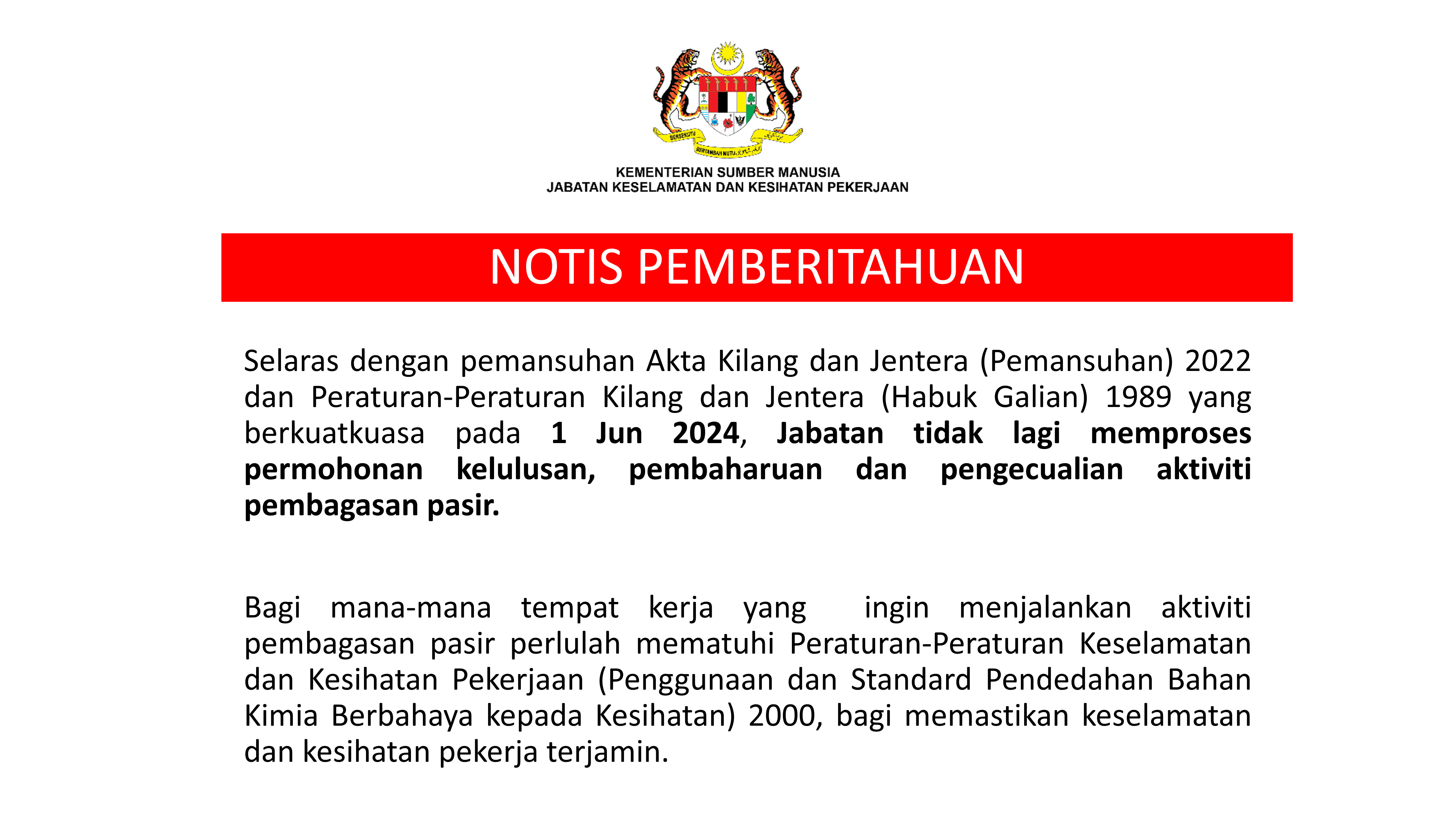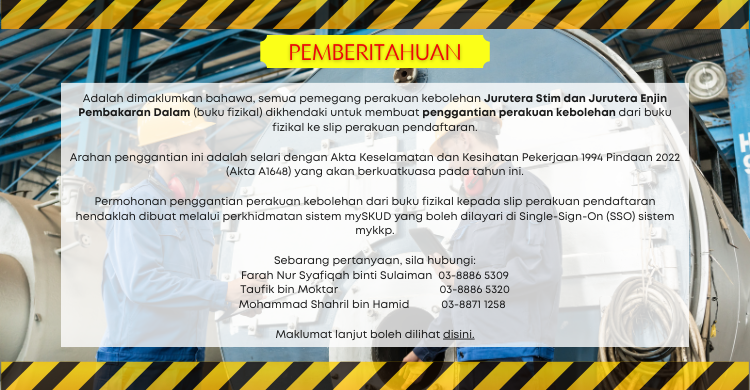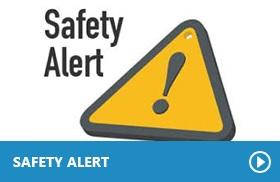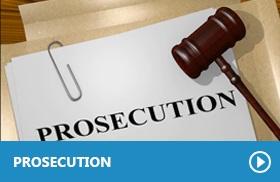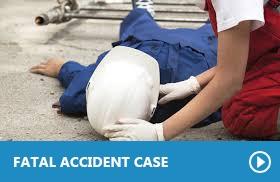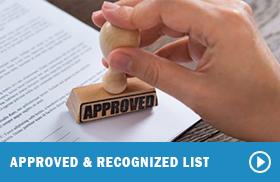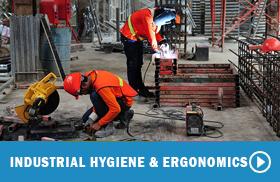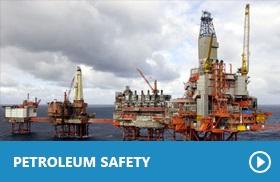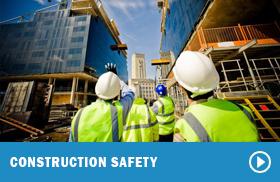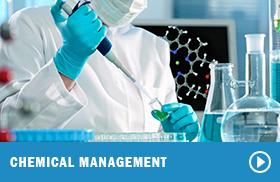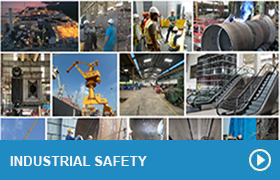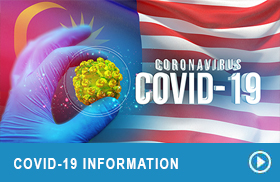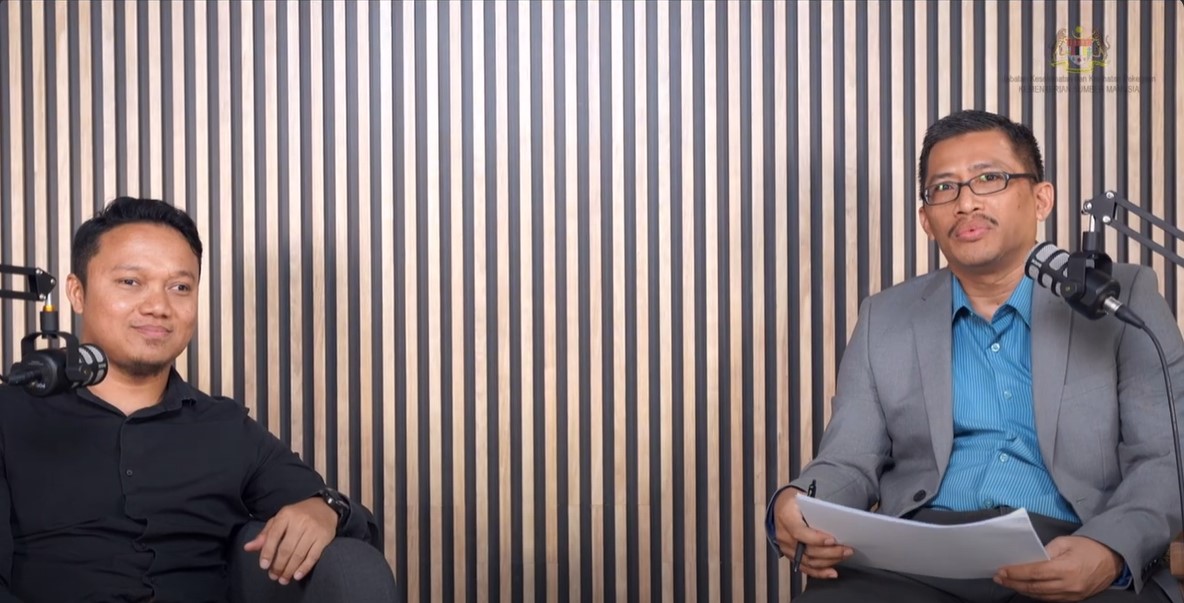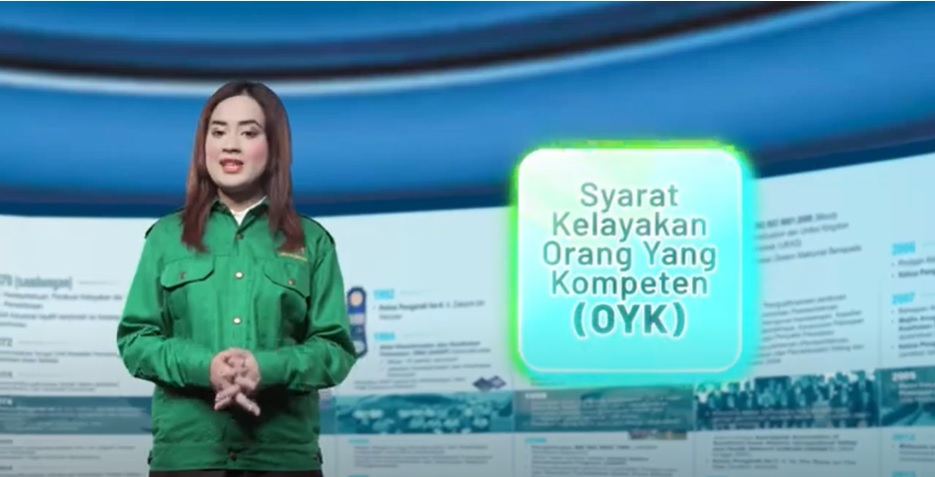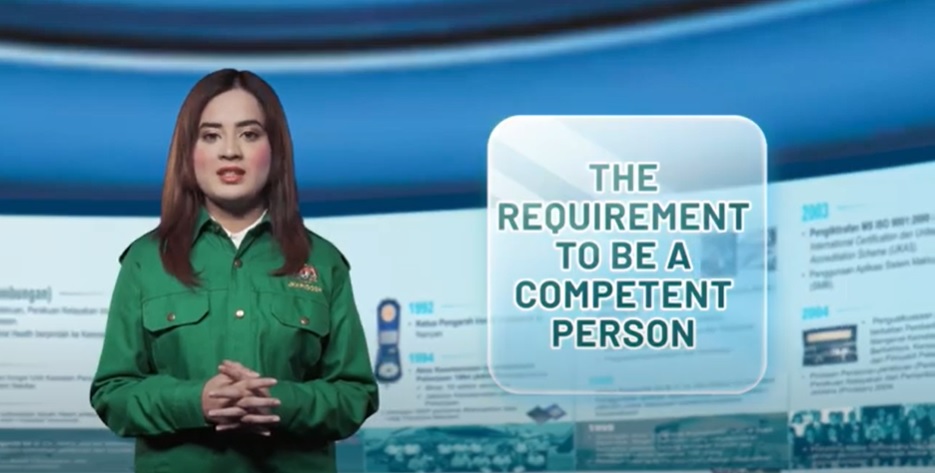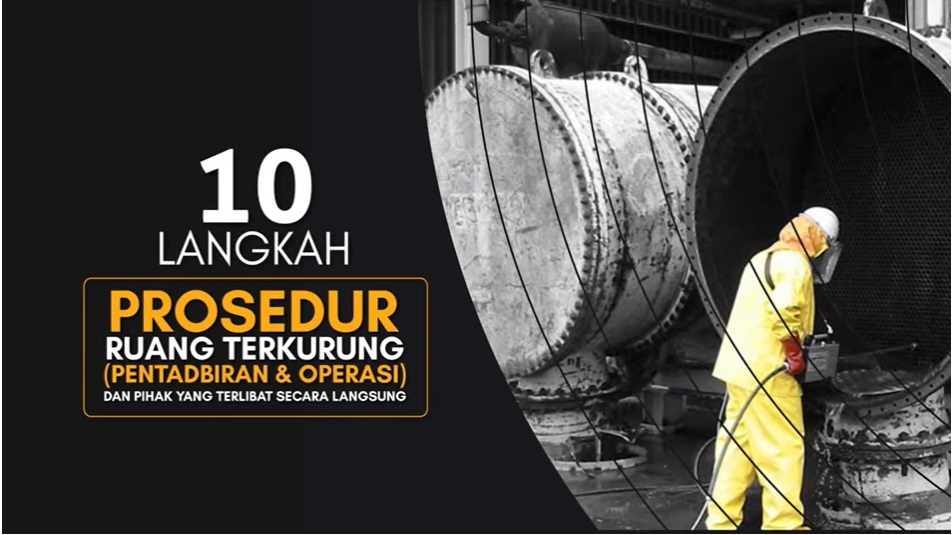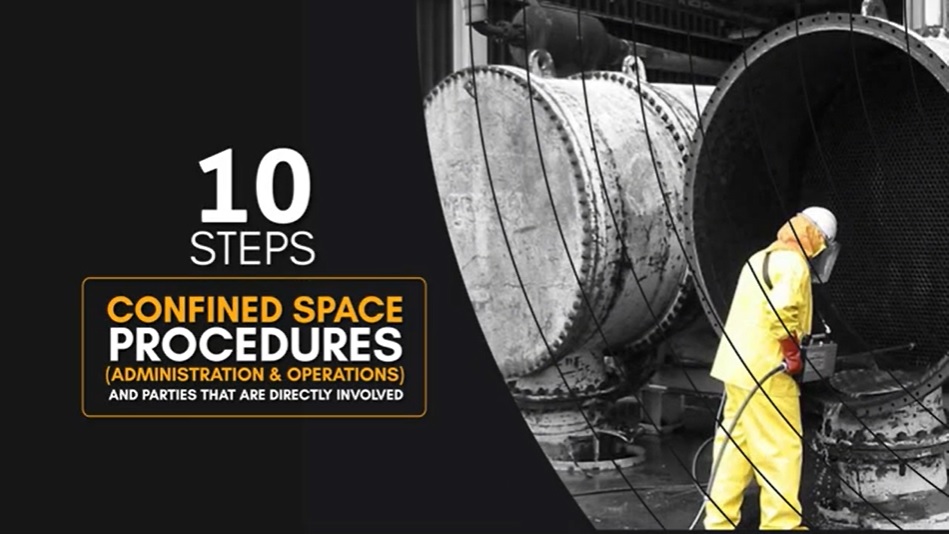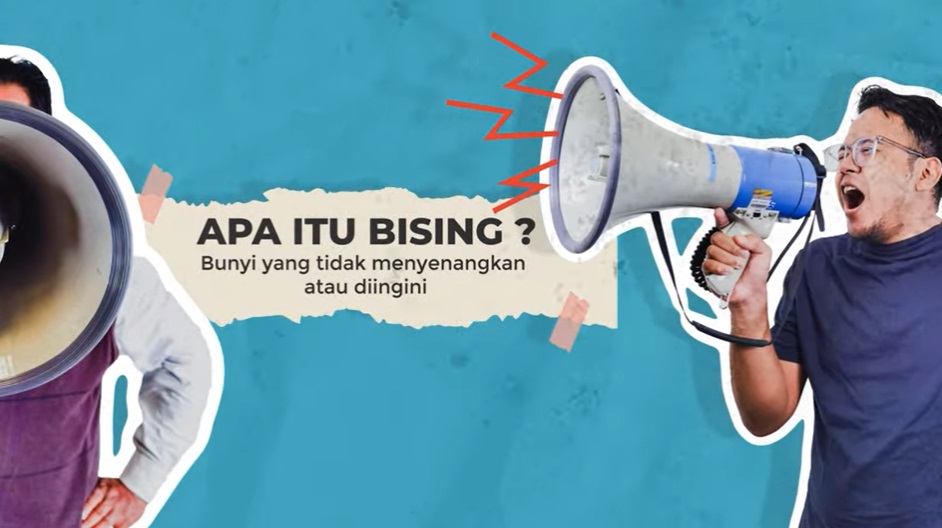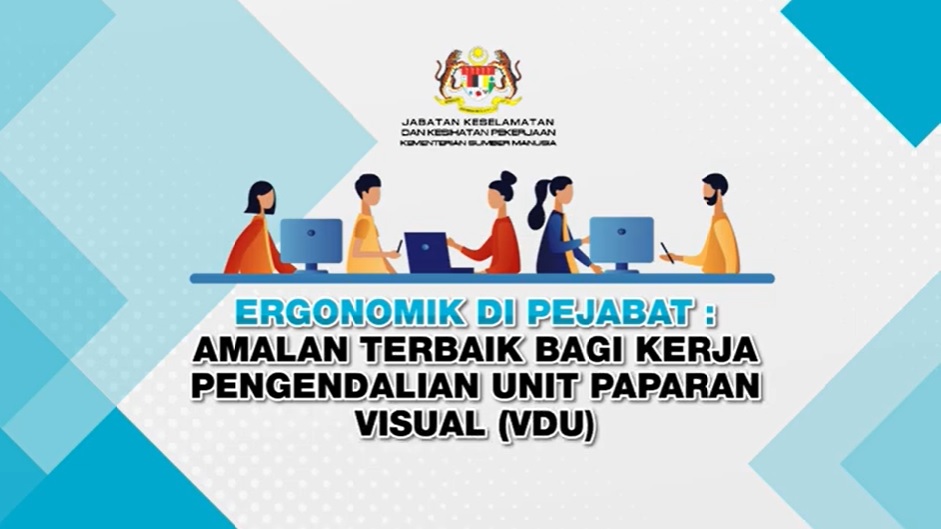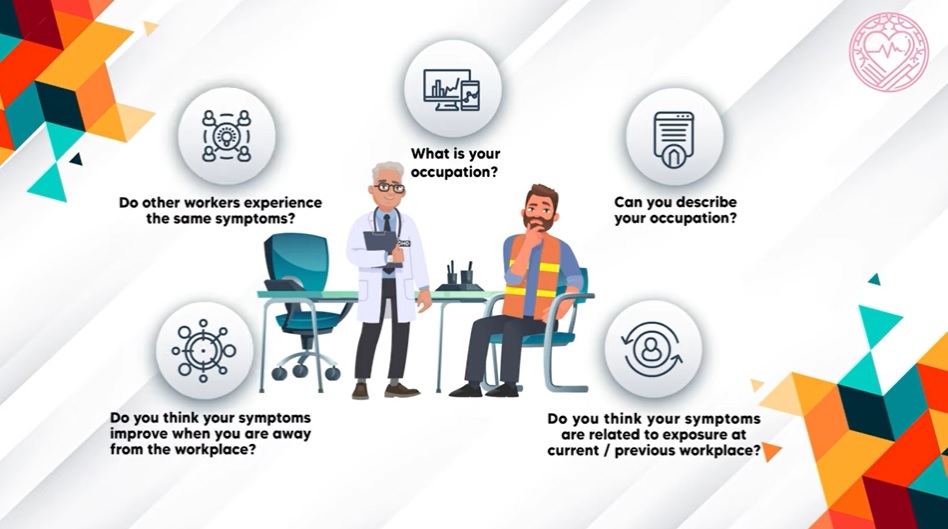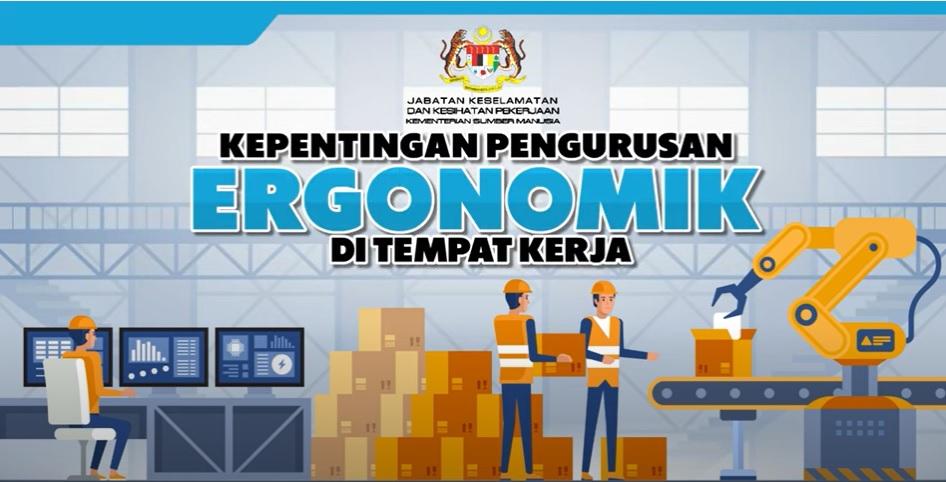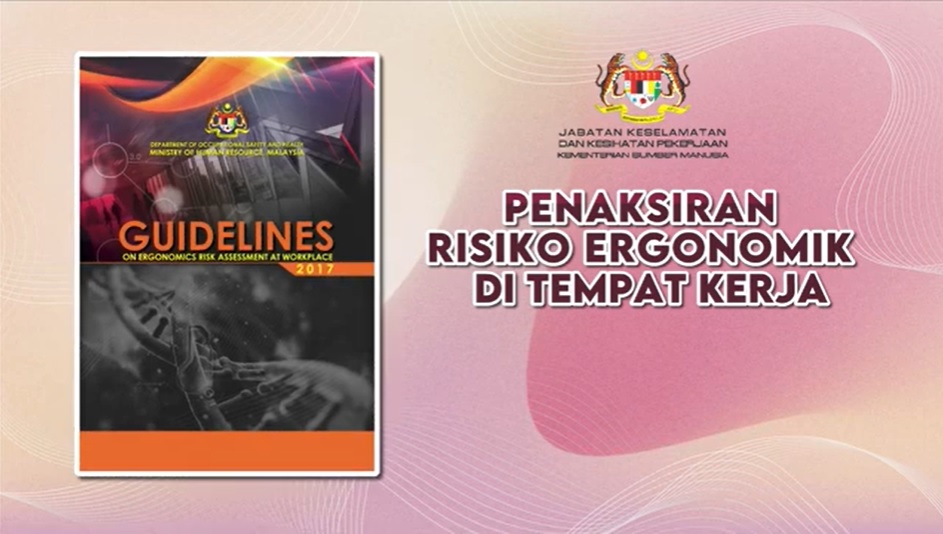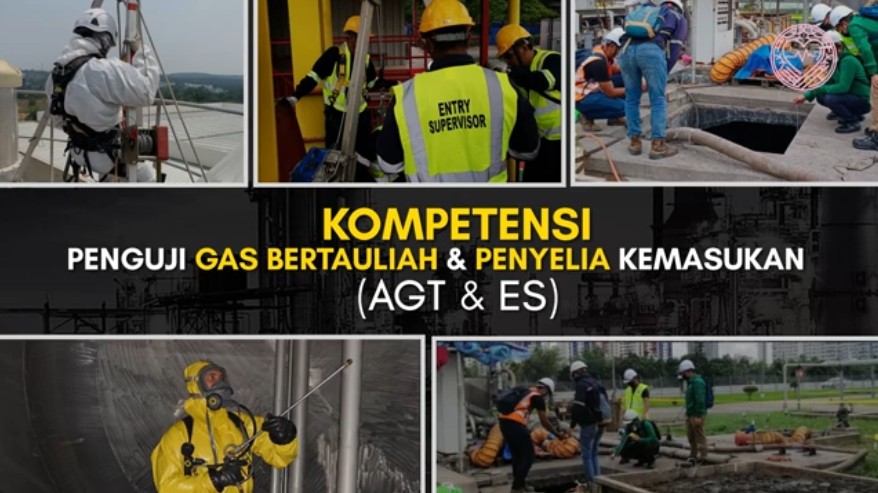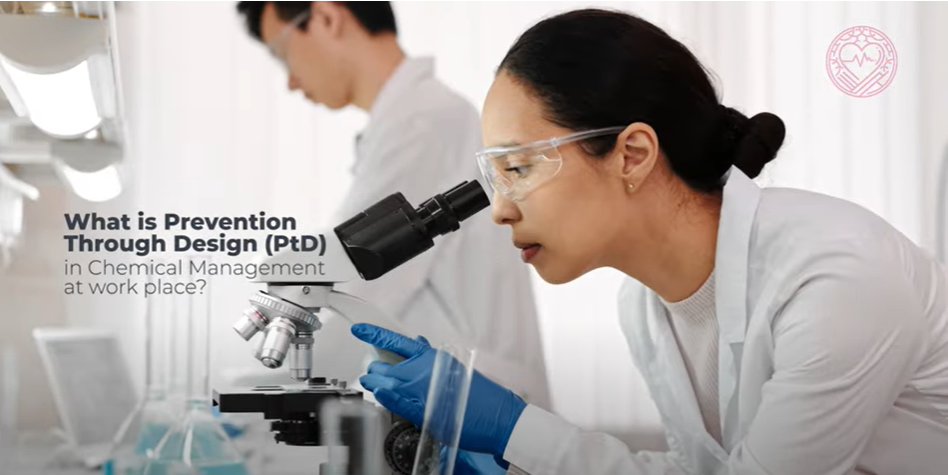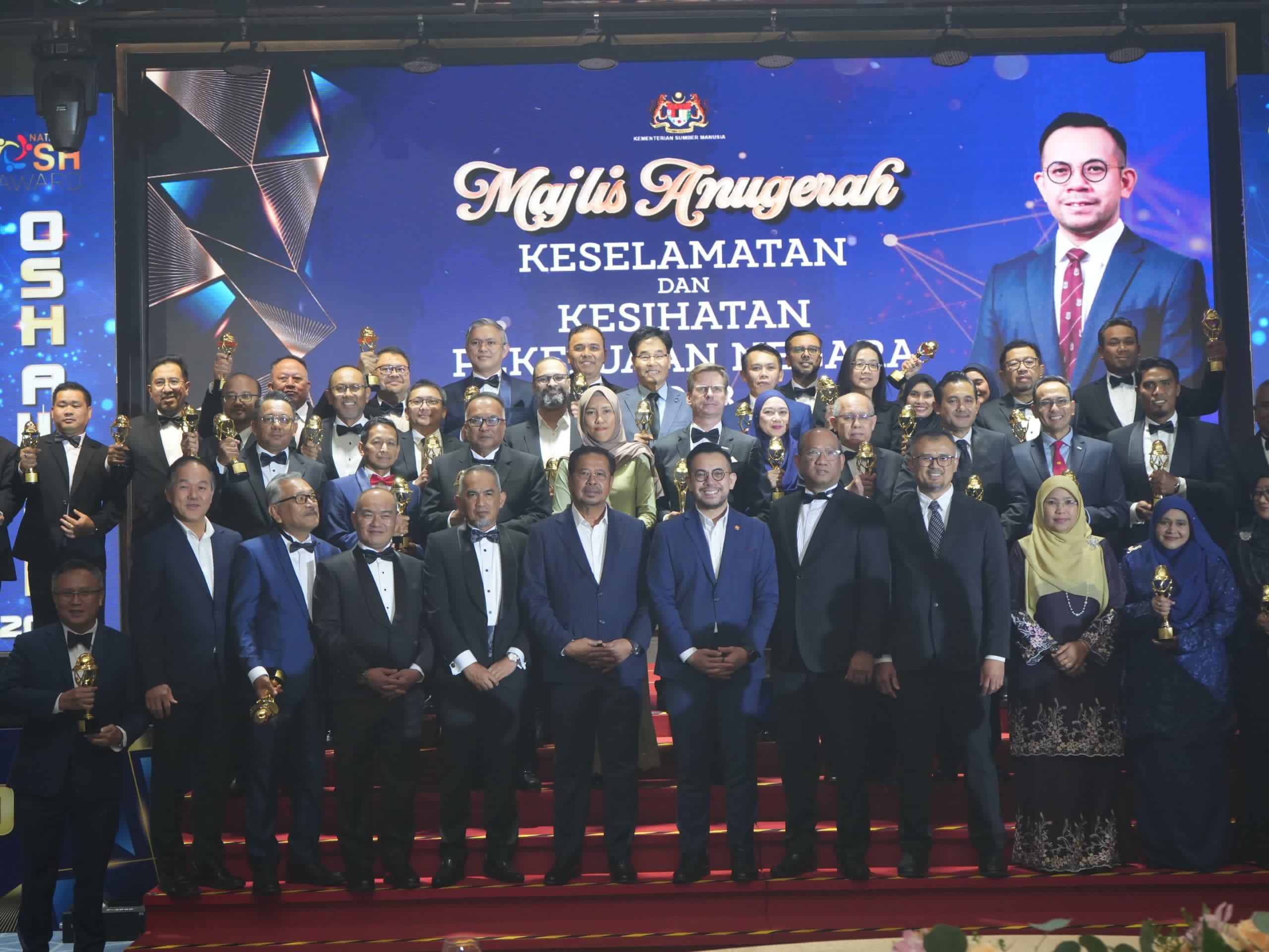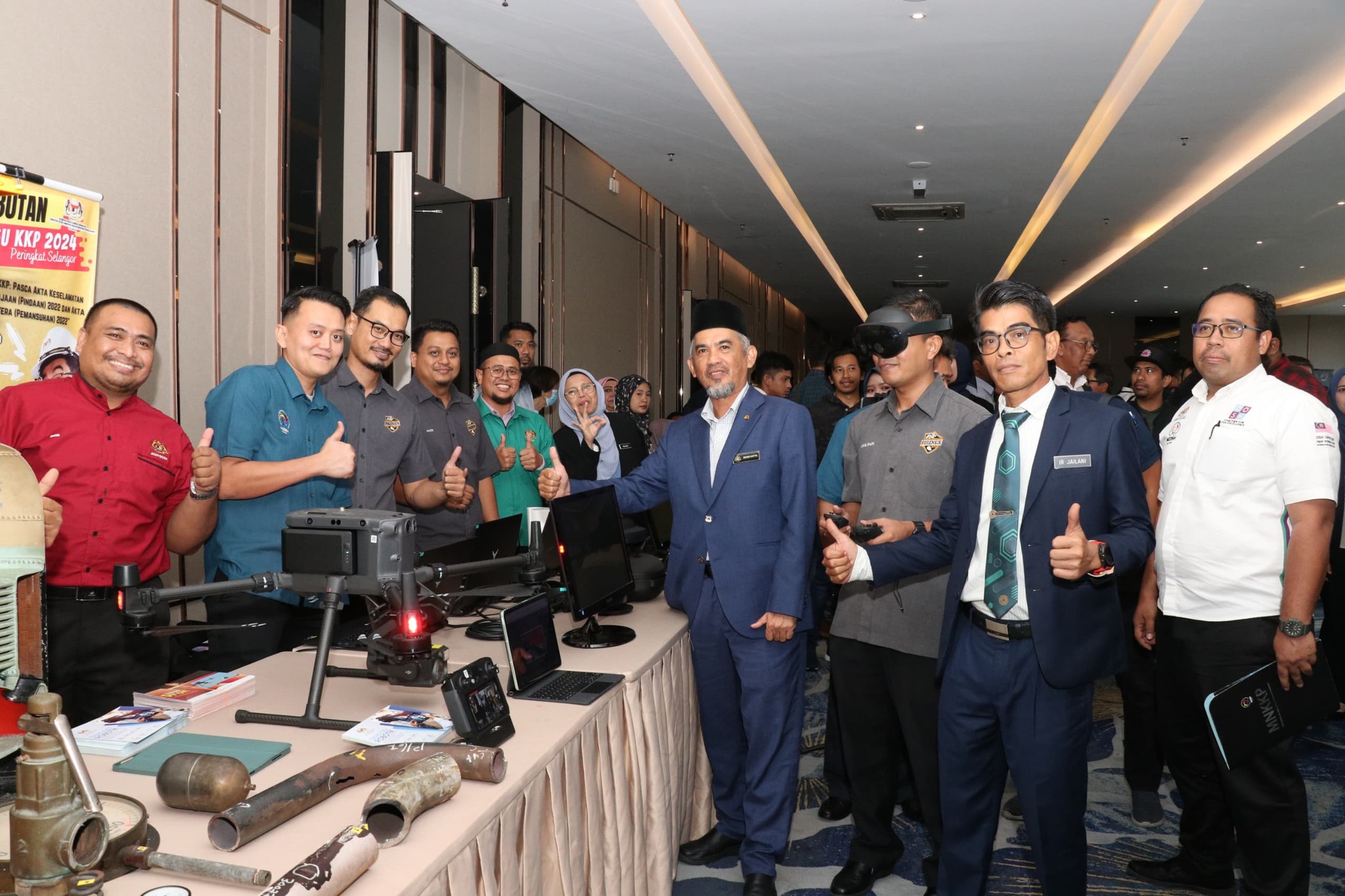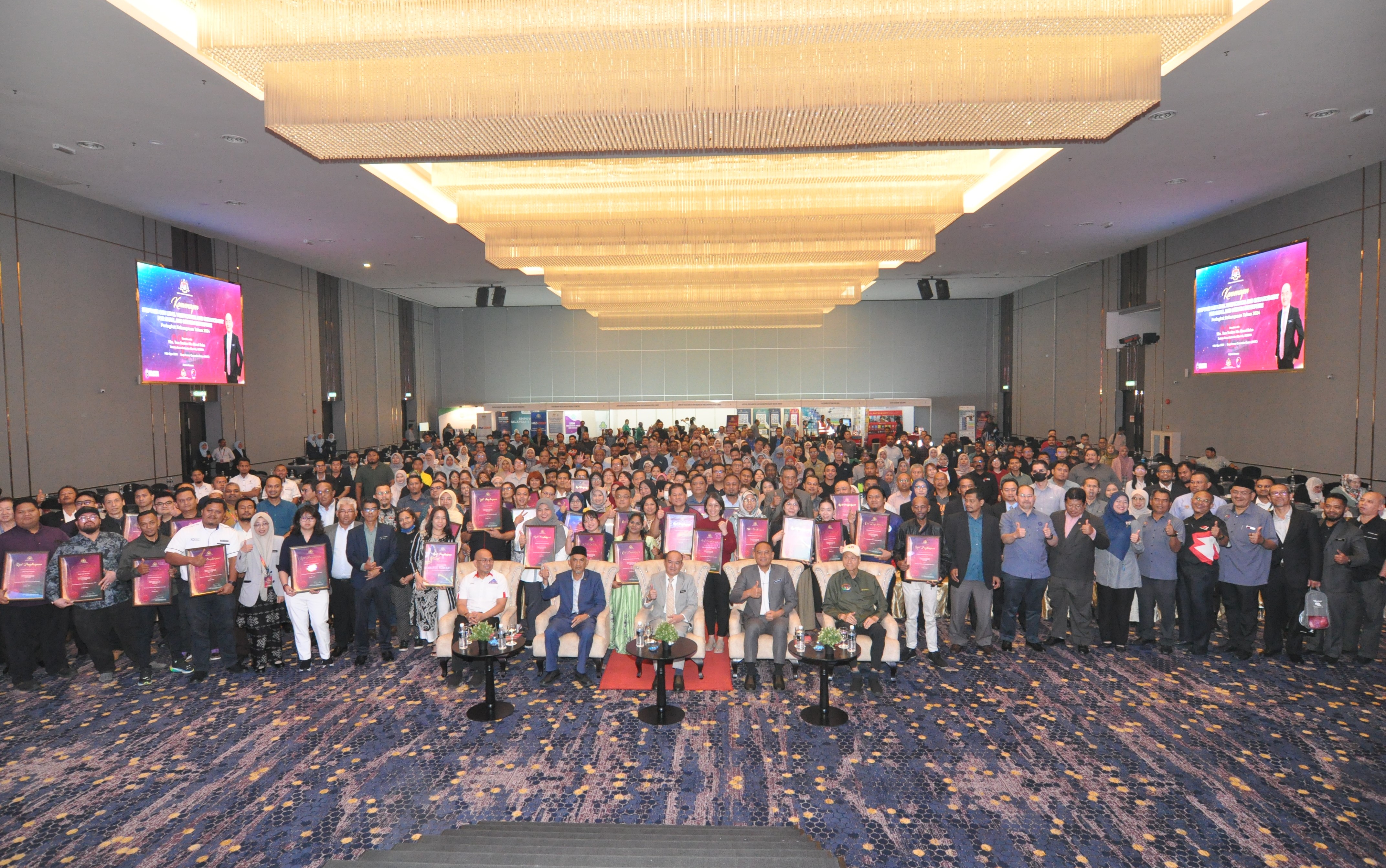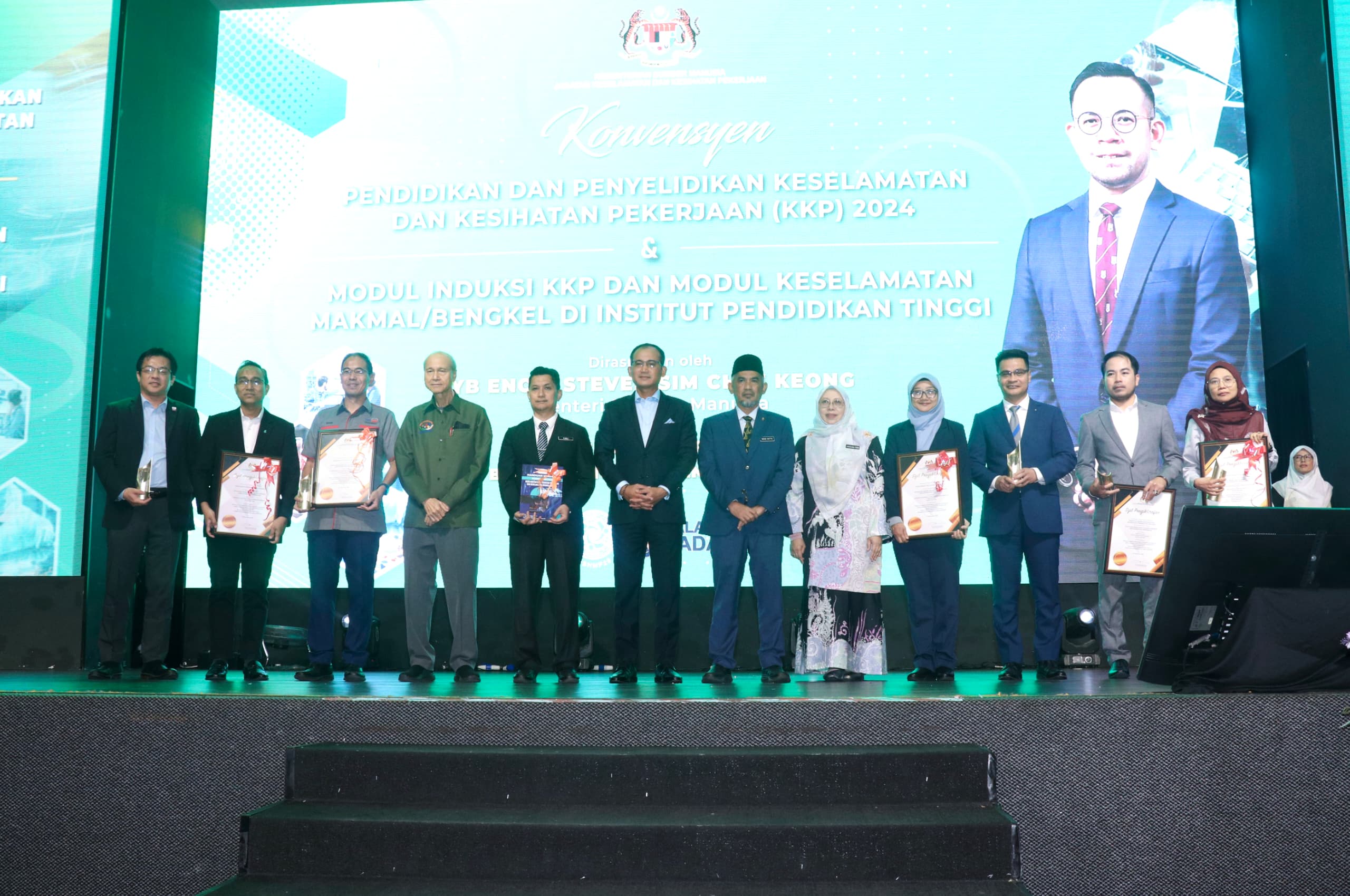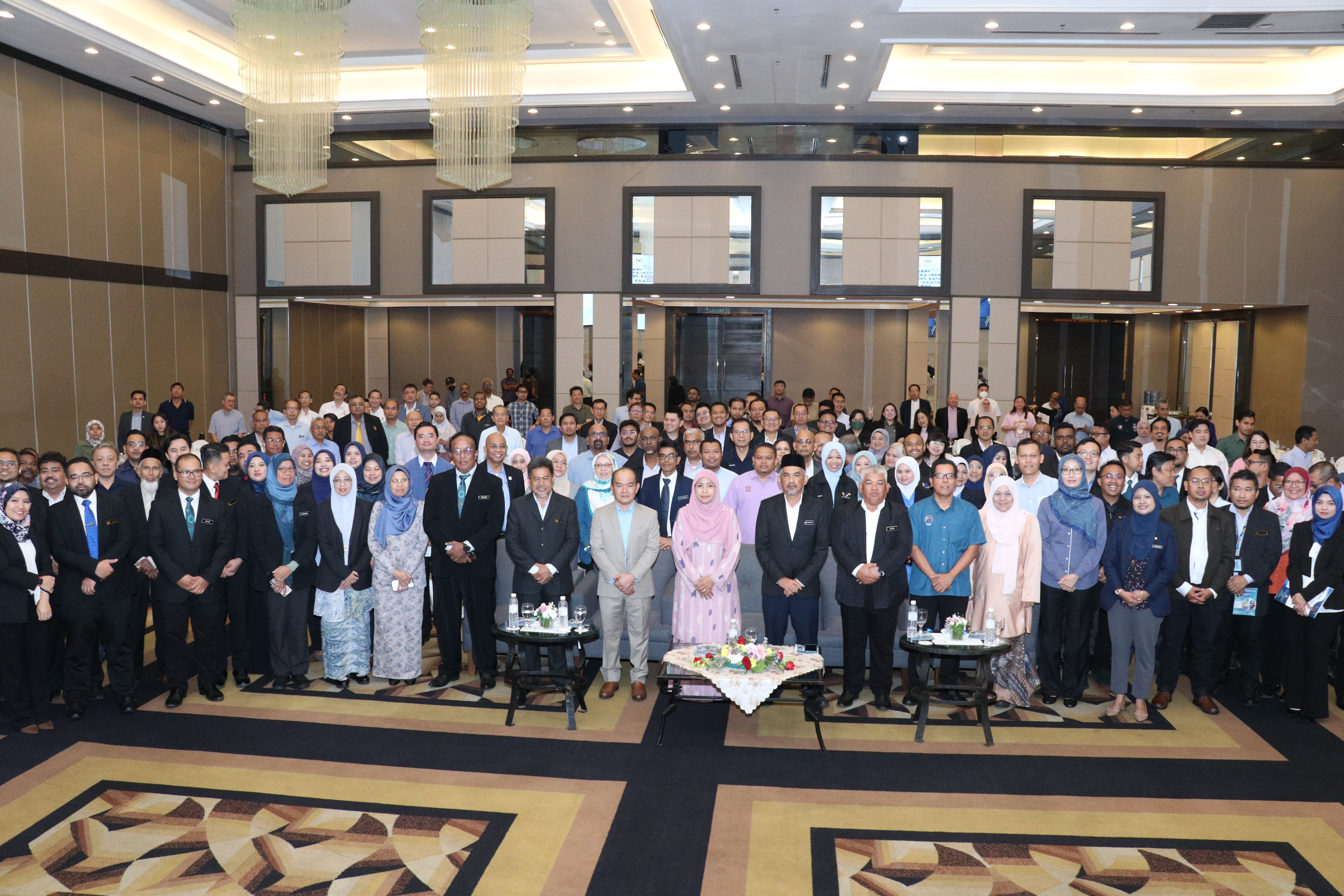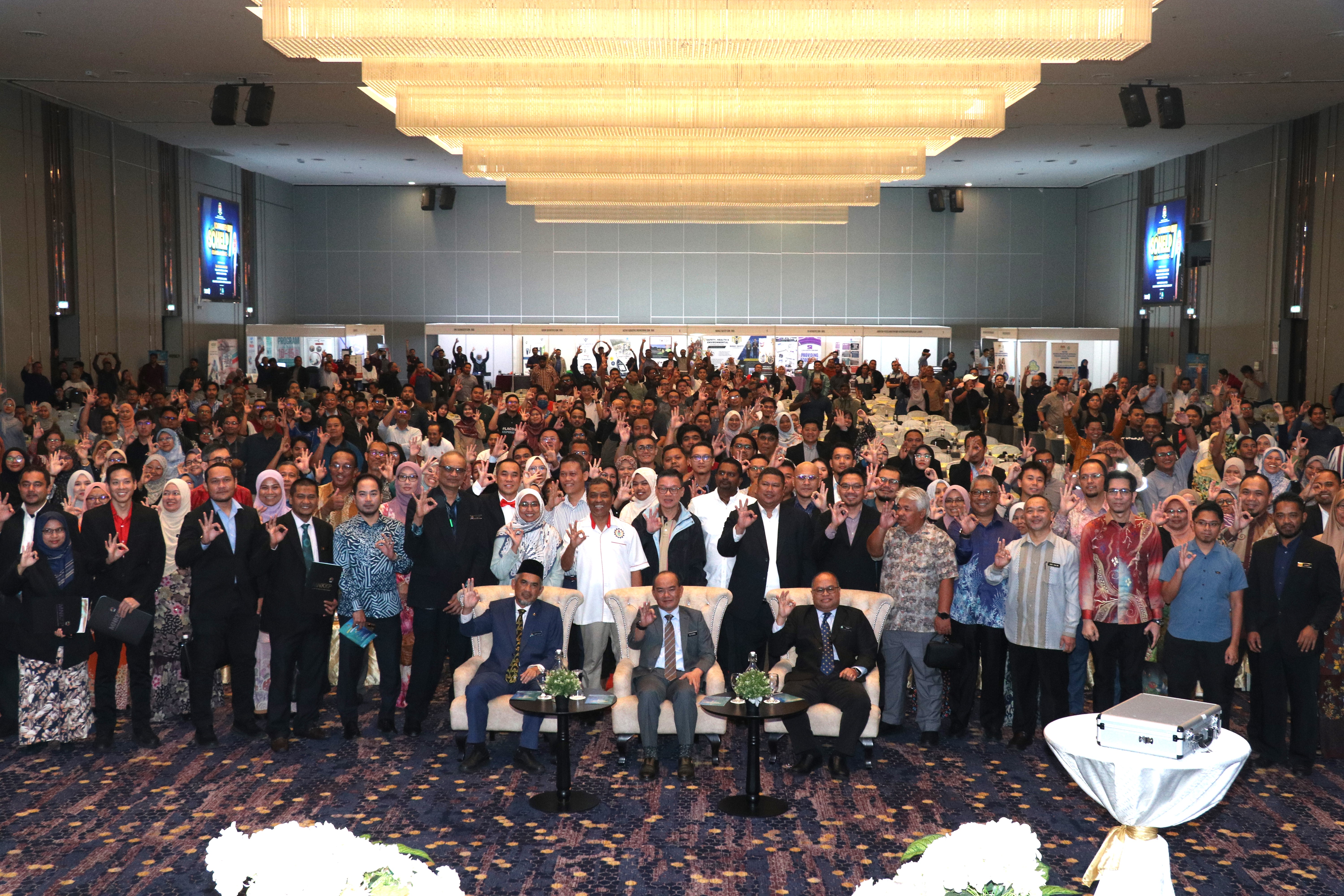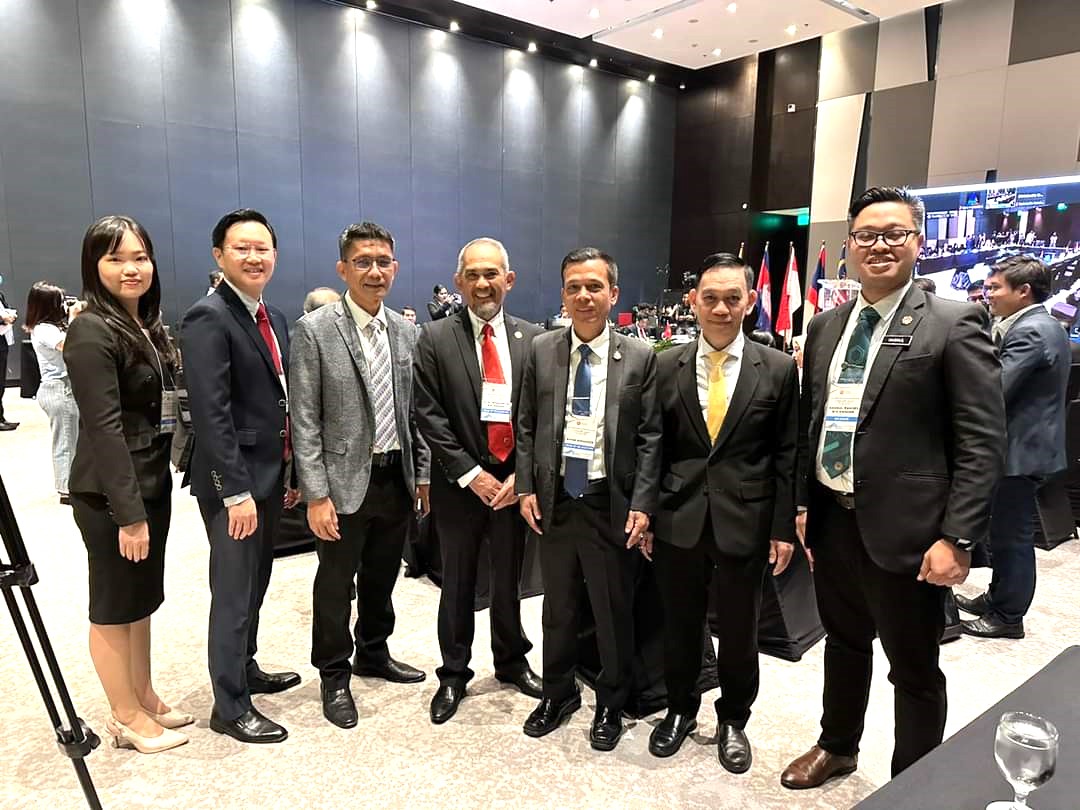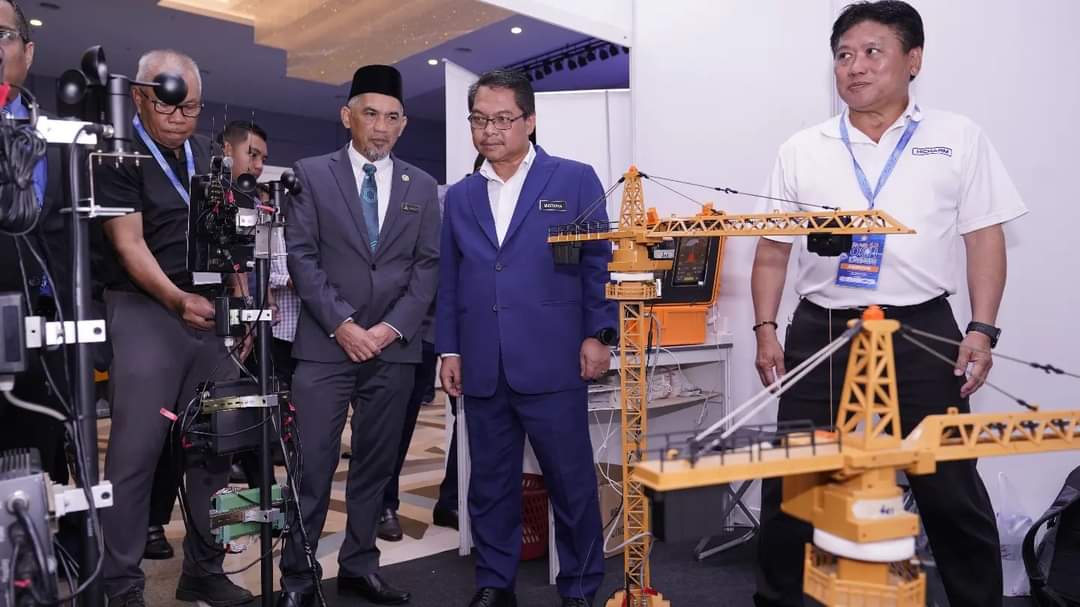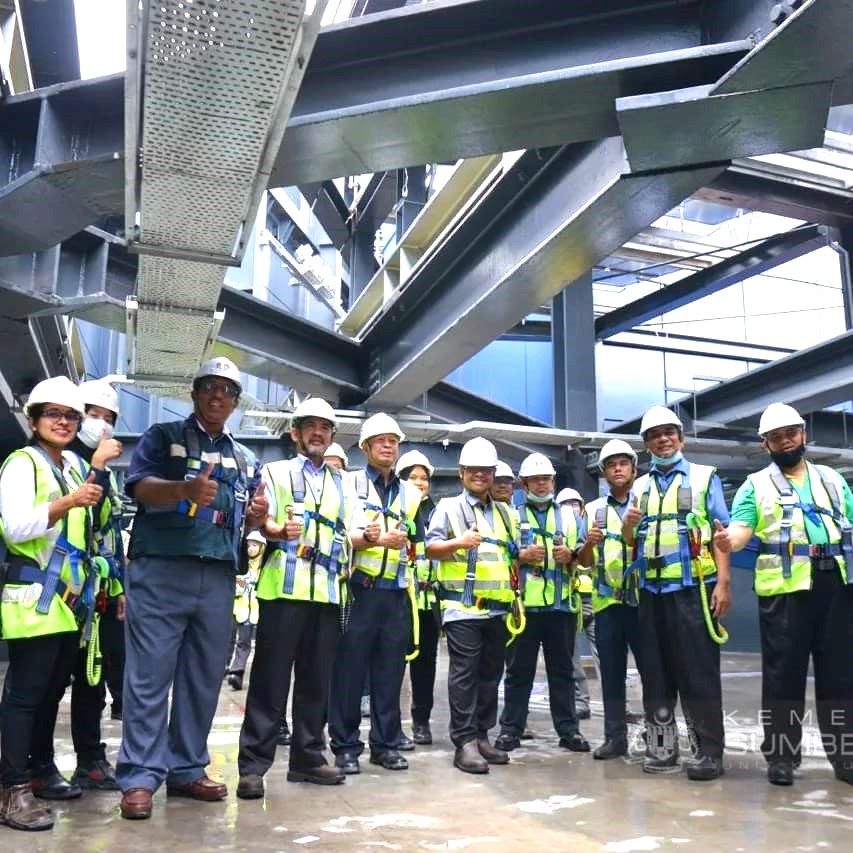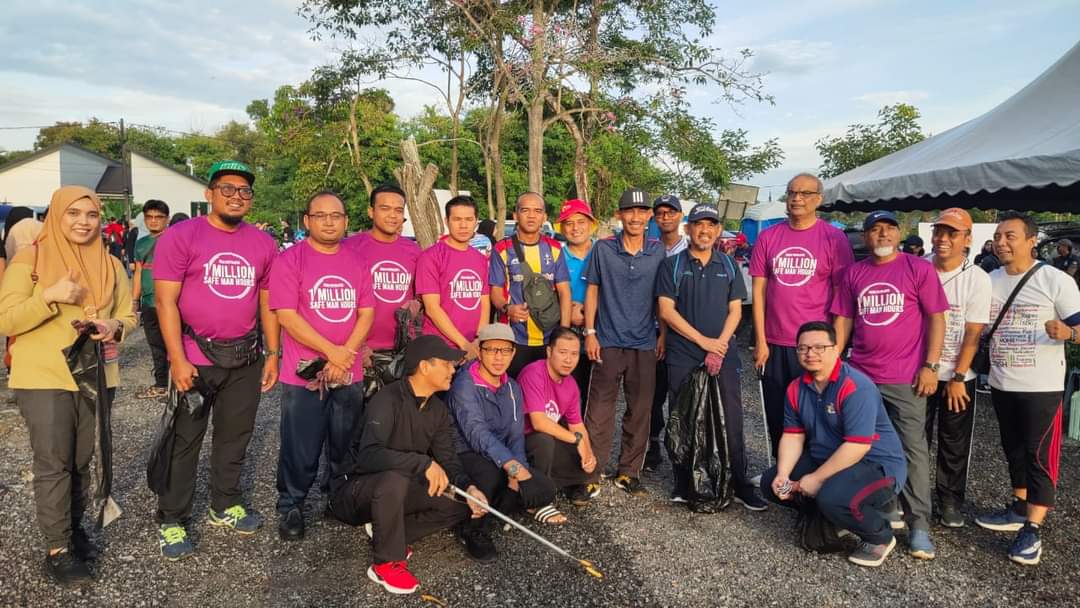Medical Surveillance
Malaysia is taking great steps to be an industrialized nation by the year 2020. This will entail heavy and extensive use of chemicals. The purpose of medical surveillance is for the early identification of conditions, if any, that could present an increased risk of adverse health effects related to the task being performed.
Based on the type of work being performed, including consideration of factors such as the duration of the task, the materials being used, and the potential for exposure, medical surveillance is either recommended or required for the job.
Specific test results and other personal medical information generated by these exams will be kept confidential between the employee and the physician. The physician will determine the scope of the exam, then inform the supervisor of their recommendations based on the exam results. The supervisor will discuss these recommendations, if any, with the employee. The employee can contact the physician who performs the exam with any questions regarding the test results.
The Occupational Safety and Health (Classification, Packaging and Labeling) Regulations 1997 and the Manual of Chemical Health Risk Assessment 2000 requires employers to assess whether there is any significant exposure of the chemicals to the worker and further medical surveillance is necessary.
The Occupational Safety and Health (Use and Standards of Exposure of Chemicals Hazardous to Health) Regulations 2000 is another attempt to further enhance the safe and healthy use of chemicals. Under this Regulations health surveillance is based on the Chemical Health Risk Assesment (CHRA) as stipulated in the regulations. Medical surveillance carried out under the USECHH Regulations must be conducted by an Occupational Health Doctor (OHD).
COMPONENTS OF MEDICAL SURVEILLANCE
The components of Medical Surveillance Programme include :
|
|
Pre-employment and pre-placement medical examination. |
|
|
Biological monitoring and biological effect monitoring. |
|
|
Health effects monitoring. |
|
|
Investigation of occupational disease and poisoning including workplace inspections. |
|
|
Notification of occupational disease and poisoning. |
|
|
Assist in disability assessment. |
|
|
Return to work examination after medical removal protection. |
|
|
Record keeping and monitoring. |
DUTIES OF OCCUPATIONAL HEALTH DOCTOR (OHD)
|
|
Conduct the pre-employment and pre-placement medical examination (baseline medical data) of employees to assess fitness for work, taking into consideration the hazards and risk assessment in the workplace. The use of Occupational Medical Surveillance Programme Record Book and Employee Record Book is suggested. |
|
|
Determination of the ability to work while wearing the Personal Protective Equipment. |
|
|
Maintain the medical records of employees during the course of employment (periodic) and post termination. |
|
|
Documentation of employee exposure to hazards at workplace. |
|
|
Interpret and explain the results of investigations to the EMPLOYEE AND EMPLOYER and specify what further follow up action is necessary. |
|
|
Analysis of Occupational Diseases & Poisoning and co-relate with Chemical Health Risk Assessment. |
|
|
Investigation of the cause of the Occupational Disease / Poisoning. |
Visit work place and recommend remedial actions for medical removal protection use the appropriate forms.
|
|
Notification of Occupational Diseases & Poisoning to DOSH and employer. |
|
|
Assist in Implementation of Occupational Health Programme in the workplace. |
|
|
Assist in the management of Occupational Diseases & Poisoning including removal from work, treatment, rehabilitation, disability assessment, return to work and / or compensation. |
|
|
Reinforce the value of education/ training in Occupational Health to both employer and employee. |
|
|
Assist in Audit / Evaluation of Occupational Health Programme in the workplace. |
DUTIES OF EMPLOYER
|
|
Carry out health surveillance programme as required by the assessment report under USECHH Regulations. |
|
|
Health surveillance programme shall be conducted during the working hours and the costs shall be borne by the employer. |
|
|
Appoint an Occupational Health Doctor, (OHD) to conduct occupational medical surveillance programme. |
|
|
Allow and assist the OHD to visit the workplace to investigate and manage occupational disease and poisoning including access to relevant monitoring and other health related data. |
|
|
Co-operate with the OHD in medical removal protection of the worker. |
|
|
During the period of medical removal the worker may be allowed to do other work that will not expose him to the hazardous chemical. |
|
|
Notify occupational disease and poisoning to DOSH . |
|
|
Notify the workers concerned regarding monitoring of exposure levels of chemicals hazardous to health including occupational disease and poisoning. |
|
|
Allow the employee access to occupational medical surveillance records. |
|
|
Ensure the workplace hygiene is improved, is safe and healthy and does not place the worker at increased risk of material impairment to health from exposure to chemical hazardous to health before allowing the worker to work in the same place so as to ensure the disease or poisoning does not reoccur. |
|
|
Record Keeping of diseases and accidents. |
|
|
Provide Employee Medical Book.
|
DUTIES OF EMPLOYEE
|
|
Undergo training on importance of preventing occupational poisoning and disease. |
|
|
Report early symptoms and signs of disease ( including self examination) to the OHD and management |
|
|
Comply and co-operate in the Occupational Medical Surveillance Programme, as required under USECHH. |
|
|
To take proper care of the Employee Record Book and to present it to OHD for Occupational Medical Surveillance record purposes.
|













